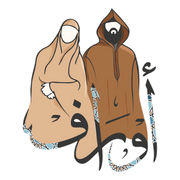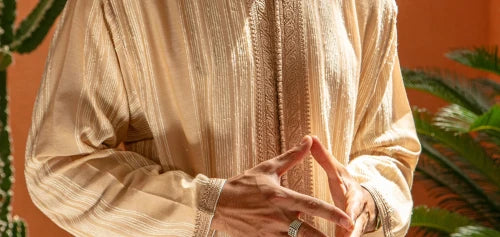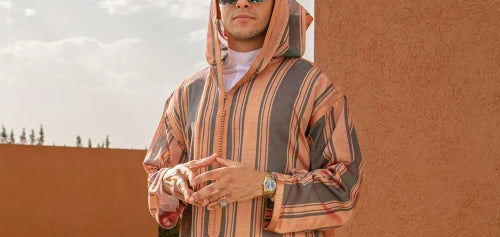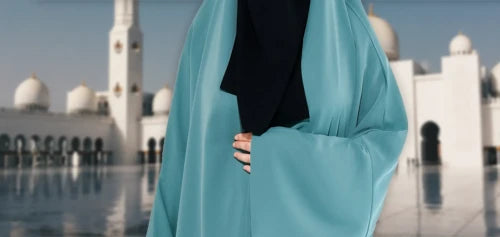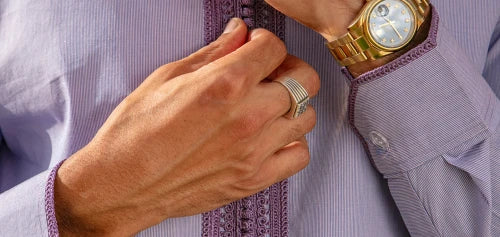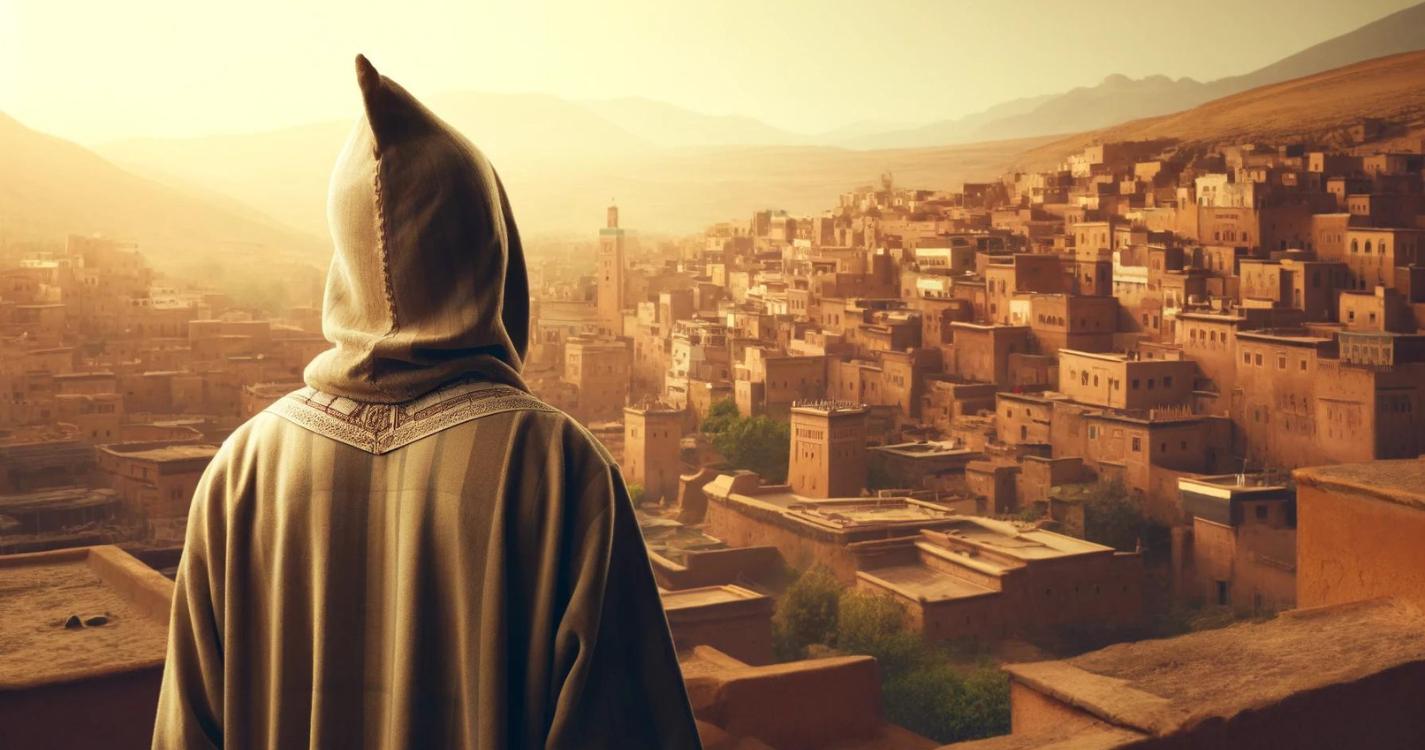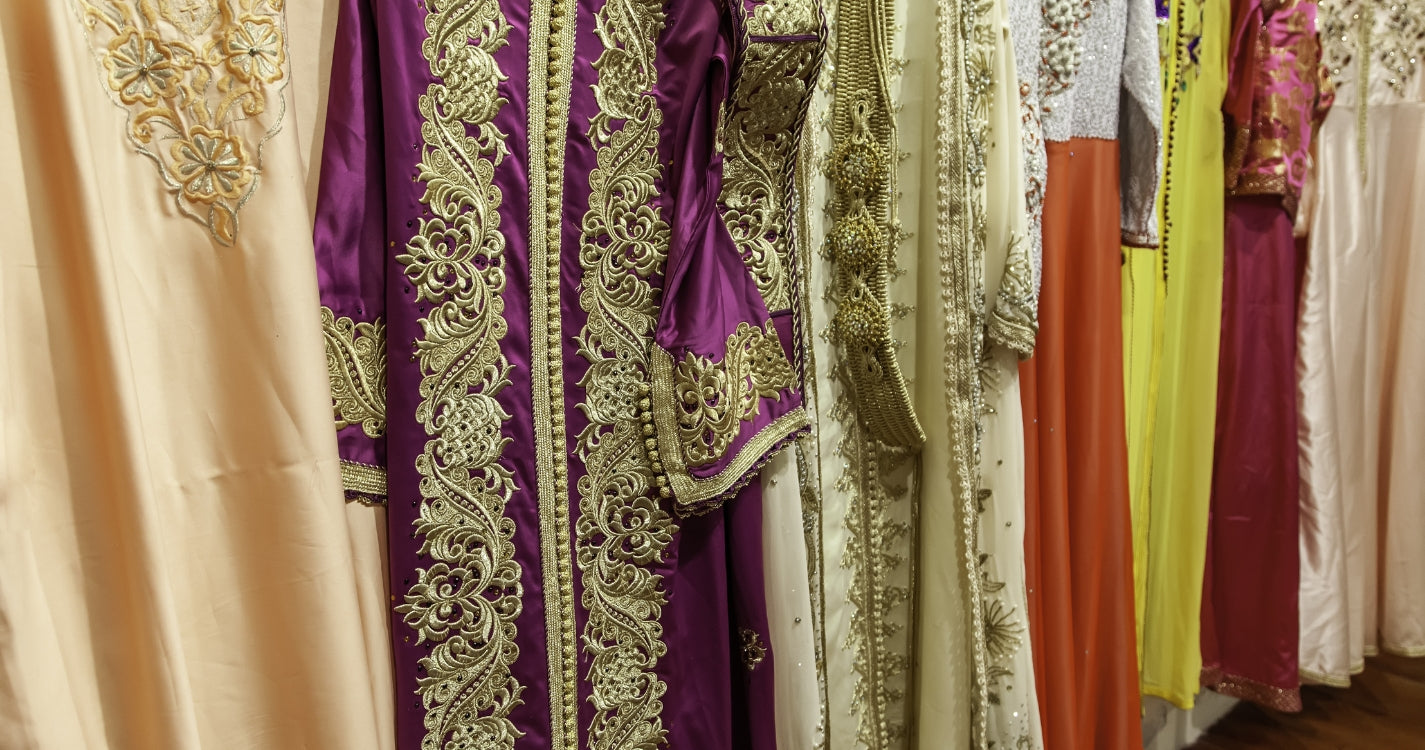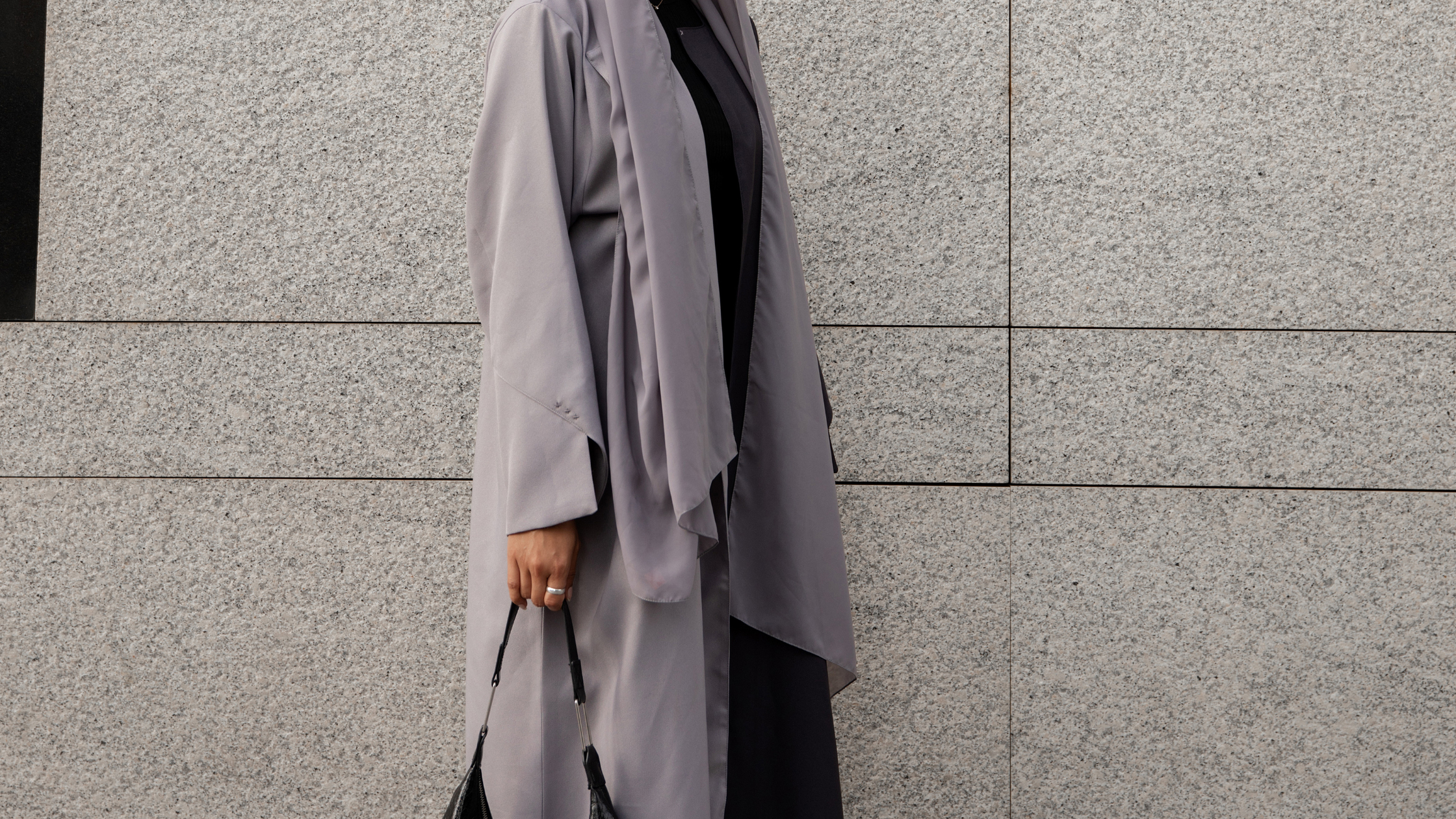Today we will be starting a series of articles that will be exploring the vibrant world of Moroccan cultural attire. From bustling marketplaces to serene riads, Morocco's rich traditions and diverse heritage are intricately woven into the fabric of its clothing.
In this series of posts, we will be taking a deep look into the intricate tapestry of Moroccan attire, exploring its historical significance, cultural nuances, and enduring relevance in modern times. Discover the stories behind the djellabas, ornate kaftans, and intricately woven textiles that have adorned generations of Moroccans, serving as a reflection of their identity and heritage.
We will kick-start this series with explaining the Djellaba, then we will continue to unravel the threads of tradition uncovering the secrets behind the Moroccan dress codes, ceremonial garments, and everyday wear. Gain a deeper understanding of the symbolism embedded in each stitch, pattern, and colour, and learn how these garments continue to shape Moroccan society and culture today.

Whether you're a seasoned traveler, a curious culture enthusiast, or simply intrigued by the allure of Moroccan fashion, this blog post is your passport to a world of timeless elegance and cultural intrigue.
Unraveling the Captivating Tale of the Djellaba.
The iconic djellaba plays a big role in Moroccan fashion. A garment steeped in tradition and practicality. Found not only in Morocco but also across North Africa, the djellaba remains a cornerstone of Moroccan attire, embraced by both men and women for its timeless appeal and functional design.
At its core, the djellaba is a long and loose outer robe, generously draping over the wearer's clothing. Its distinctive features include long sleeves, pocket slits on the sides and an attached pointed hood.
The Djellaba Hood For Men
For men, the djellaba hood would serve as a versatile shield against the elements. Whether shielding from the sun's rays, or providing warmth on chilly days the hood proves invaluable, echoing the garment's desert origins where protection from blowing sand was essential.

The Djellaba Hood For Women
Traditionally, for women, a larger sized hood was attached that additionally served as a hijab. It was draped over the head and inner headscarf, then tied into place with a large handkerchief (L'tam) that covered the lower part of the face like a Niqab. The upper part of the hood was then dropped back over to cover the handkerchief knot.

The Traditional Side Slits
The side slits on the djellaba grant easy access to the pockets of the inner garments. And it's interesting to note that, the men of old, would commonly use these side slits to hold their shopping from the inside of the djellaba. Why would they do that, you may ask?
Can you believe that they would do this so that the poorer people who were passing them or neighbours that may not be able to afford such ingredients or shopping, will not see what they had bought, crave it and feel bad for not having it. Sobhan Allah, what a time, and what a thoughtful act of kindness.
In Islamic practice, we are taught to share our food and seasonal fruits with our neighbours. Not to show off what we can afford and what they can't. Our neighbours are able to see the fruits and vegetables that grow in our gardens and additionally smell the food we are cooking in our homes. Giving them a taste of these blessings will not only add barakah to our rizq (sustenance), but it may also prevent us from the evil eye that may form from jealousy.
Sharing is caring and giving strengthens the ties of family and friendship, however, hiding our blessings is an extra protection from being proud, arrogant and committing the sinful act of showing off.
Djellaba Fabrics
Originally crafted from wool, the djellaba evolution has welcomed cotton variations, offering comfort and breathability in warmer climates. Woolen djellabas are obviously prefered during Morocco's cooler seasons, while lightweight cotton counterparts offer coolness during the scorching summer days.

But beyond its practicality, the djellaba is a canvas of colour and expression. From earthy tones to vibrant hues, its palette mirrors Morocco's diverse landscapes and cultural tapestry. The djellaba can be worn casually for day-to-day activities or adorned with gems and beautiful embroidery for special occasions. The djellaba can effortlessly transition between settings, embodying the essence of Moroccan lifestyle and tradition.
Intriguingly woven into the fabric of Moroccan identity, the djellaba stands as a testament to heritage, resilience, and enduring style. Embracing its timeless allure, it's truly inspiring to discover the stories woven within its threads.
Do you have a story to tell about the Djellaba? Please share it with us in the comments below.
